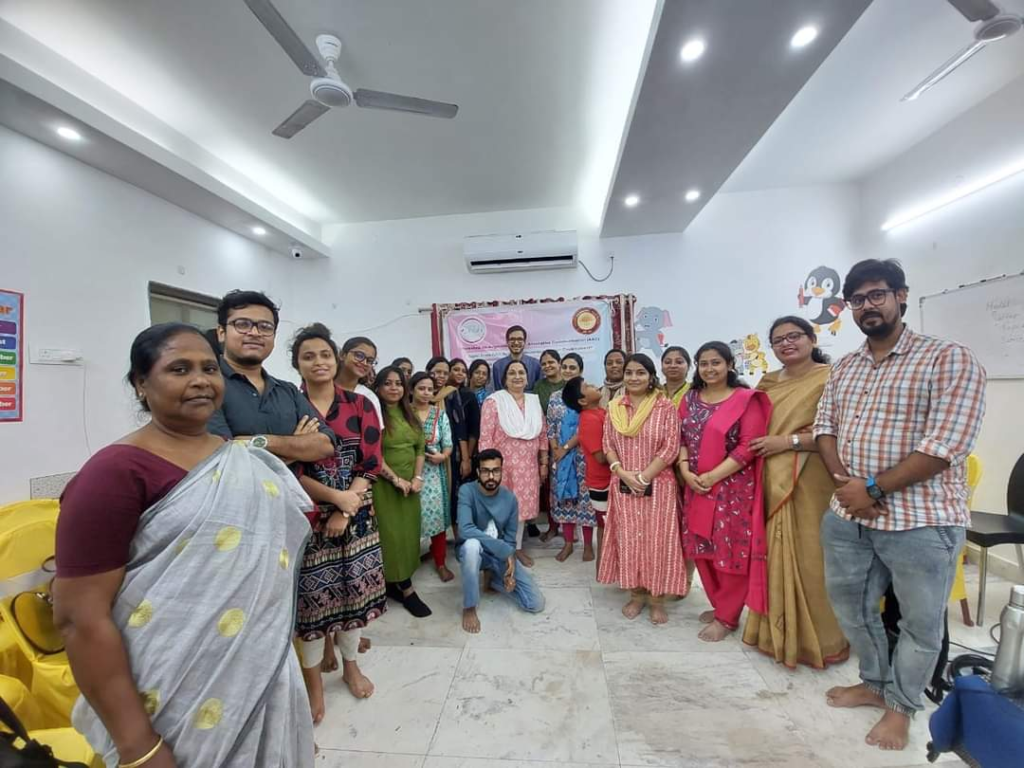Breaking Barriers
Children with autism and other neurodevelopmental disorders often face challenges in expressing themselves verbally. This difficulty in communication can lead to frustration and isolation for both the child and their caregivers. However, there’s hope in alternative communication systems.
What is Alternative Communication?
Alternative or augmentative communication (AAC) techniques provide non-verbal methods for individuals to express themselves. This can include using pictures, symbols, or technology to convey messages and emotions.
The Impact of AAC
Recently, a hands-on training program on AAC and PECS (Picture Exchange Communication System) was organized in Laketown, Kolkata, by DWish Laketown, a non-profit center for special needs. Parents and professionals came together to learn about these communication methods from experts like Shahidul Arefin, a renowned speech-language pathologist from SSKM Hospital, Kolkata.
Empowering Speech and Language
Mr. Arefin emphasized the importance of AAC in stimulating speech and language development in children with neurodevelopmental disorders. He highlighted the misconception that using PECS may make a child dependent, clarifying that with proper training, it can actually enhance communication abilities.
The Way Forward
Workshops like these play a crucial role in raising awareness and equipping parents and professionals with the tools to support children with communication difficulties. By embracing AAC techniques, children can express themselves more effectively, bridging the communication gap.
Conclusion
In conclusion, alternative communication systems offer a lifeline for individuals with autism and other neurodevelopmental disorders. Through education, training, and support, we can empower these individuals to communicate with confidence and clarity, enriching their lives and fostering meaningful connections.








